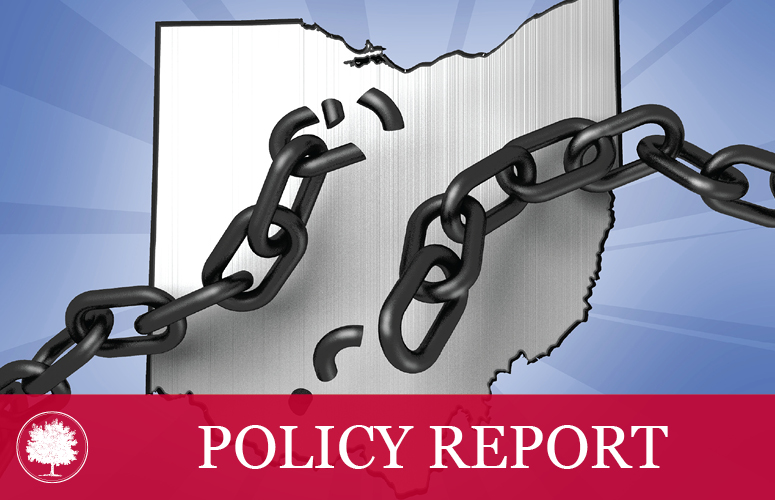Ohio Right-to-Work: How the Economic Freedom of Workers Enhances Prosperity
Mar 05, 2012
By Richard Vedder, Matthew Denhart, and Jonathan Robe
Summary
The typical Ohioan today would have a higher income and standard of living if the Buckeye State had matched the nation in its rate of economic growth in recent decades. However, it did not, and one reason is that the labor climate in the state is unattractive both to businesses making strategic investments and workers wishing to work.
Arguably the single biggest impediment to an improved labor environment is the lack of a right-to-work law which guarantees workers the freedom to join, or not join, labor unions as they so choose. No worker is coerced to pay union dues, support union political causes, or live under a collective labor agreement if she or he wishes to negotiate individually with the employer.
States with right-to-work laws have much higher rates of growth in income, new jobs, wages, capital investment, and in-migration of people. This Buckeye Institute report looks at how a right-to-work law likely would impact Ohio for the good, helping stem the outflow of people and capital that has contributed to the stagnation of the Ohio economy.
At a time when resources are limited, this is a state legislative action that does not add to budget woes, and indeed helps provide the resources for future growth of both private and public needs. The bottom line is that freedom is the key to opening the door of prosperity.
Click here to download the full report: Ohio Right-to-Work: How the Economic Freedom of Workers Enhances Prosperity
